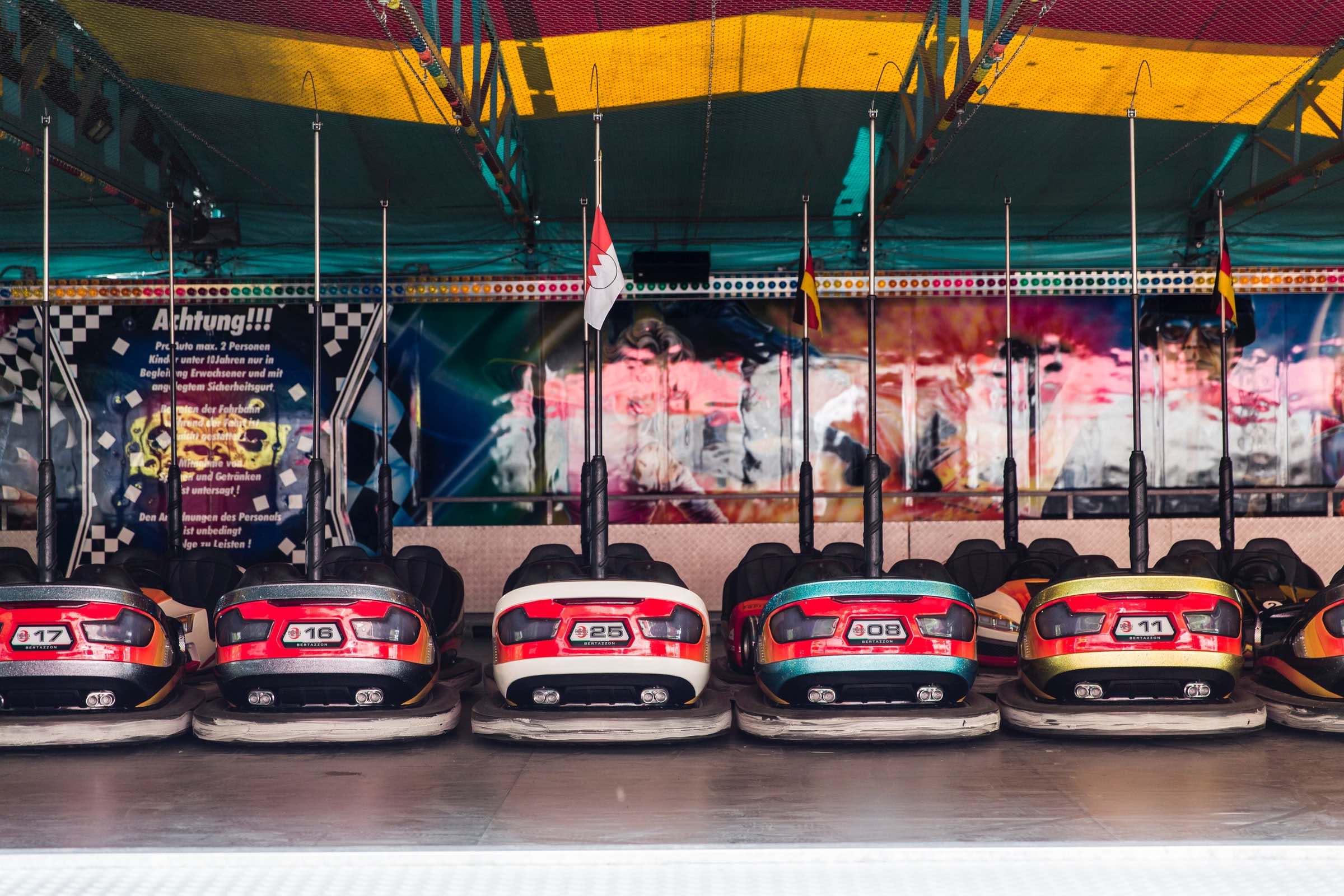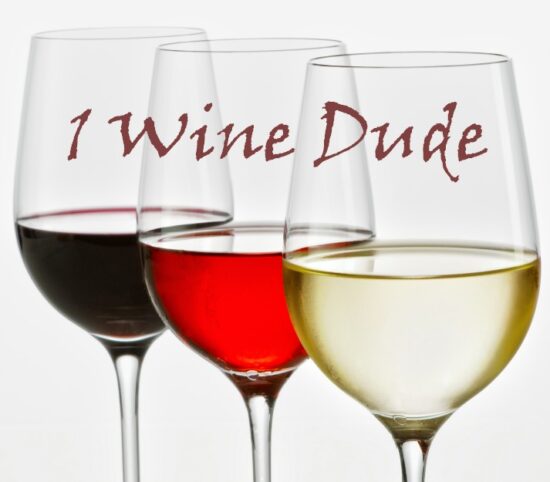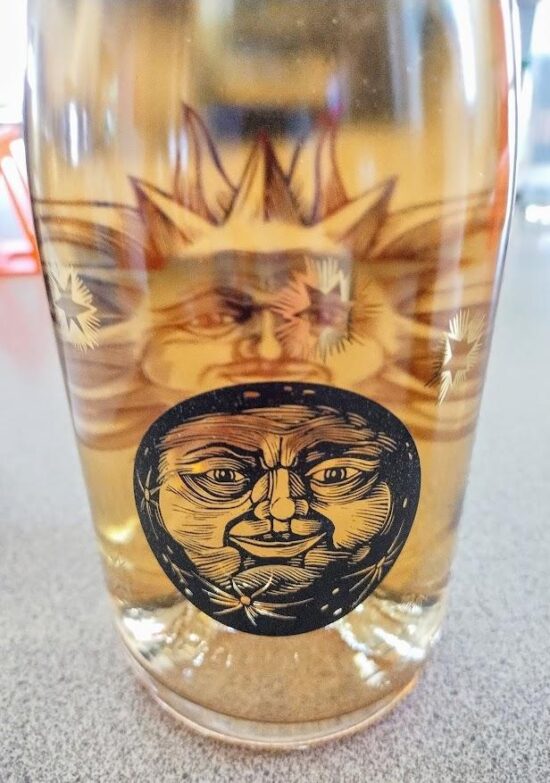
You’re standing in the wine shop, a crisp £50 in your pocket. No agenda, just prospecting for something serious. To the right, the shelf which ought to be labelled ‘good stuff’ – single vineyard Barbaresco, verbose Burgundies, a few unicorns from South of the Equator, all slouching on wooden rests while the everyday wines spend all day on their feet. To the left, there is a small display of Champagne.
A glance at the prices turns up one confident-looking bottle from an indie producer whose name rings a bell (probably from that part of a restaurant wine list that makes the rest look affordable). And you ask yourself a question: do I really expect a Champagne for £50 to be as good as those wines on the loungers? If I’m just looking for a great bottle, one for sitting and thinking, one that invites me to wander its narrow streets at its own pace, then where should I go?
The-bottle-that-changed-your-life is a recurring opener in wine interviews. Seldom is that bottle a shocker, though. Something that made the interviewee feel like a right chump, ripped off by fish-by-the kilo at a seafront restaurant. Mine is. I remember every stage of the experience with absolute clarity; a trip to Borough Market to shop for the celebratory dinner (turbot), the slightly giddy feeling of walking into a wine shop with a pre-determined urge to splash, the sound of the rubber feet squeaking on the wooden floor as the shop assistant dragged over the step to get up to the top shelf (and their feigned lack-of-surprise at not having to coax a customer up there). The pop, the first pour…and the bemusement, lingering for hours. Why is this wine so dull?
At the top of Harvard Business Review’s ‘Elements of Value’ Pyramid are ‘self-actualisation’ and ‘self-transcendence’. By buying something, you become – or surpass – an idea you have about yourself. On that day, I self-actualised. I became the sort of person who could complain about a very expensive wine. It planted a seed of curiosity that continues to grow today, even if it was first nourished by the charred carbon of burnt cash. All these years later, that seed still sends a few green shoots of scepticism into any encounter with an expensive bottle.
I wonder, then, whether we give bubbles an easy ride. Shouldn’t we be pretty annoyed if a £35 bottle of wine is boring (let alone £50, or, as it was in my case, £100?) Take a £35 bottle of Chianti Classico Riserva round to a family garden party and the relatives will be sent into a flap trying to clean a dusty decanter. Judgement will be passed, in-between mouthfuls of Stilton and Branston pickle, labels will be photographed, search engines consulted. All the while, the tepid remnants of a bottle of Champagne will be perked up with ice cubes and orange juice, despite the identical price tag.
But sparkling wines are expensive to…



